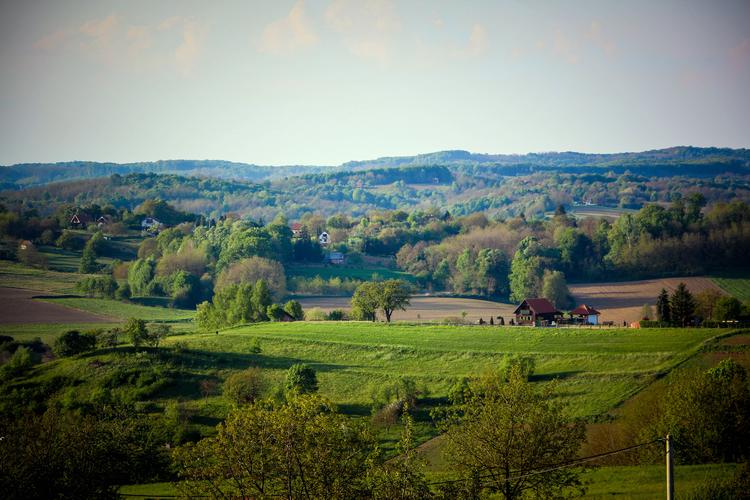All About Carpenter Bees: Everything You Need to Know
If you’re living in North America, you’ve probably encountered carpenter bees buzzing around your home. These large, black and yellow insects may seem intimidating, but they are not aggressive and rarely sting. In this article, we’re going to take an in-depth look at these bees, including their behavior, habits, and the best ways to control them.
What Are Carpenter Bees?
Carpenter bees are large, solitary bees that get their name from their habit of boring holes in wood. They can be found throughout North America and are often mistaken for bumblebees due to their similar appearance. However, carpenter bees have a shiny, hairless abdomen, while bumblebees are covered in dense hair.
These bees are relatively harmless to humans and are not aggressive unless provoked. Females can sting but are unlikely to do so unless they feel threatened. Carpenter bees are important pollinators and play a crucial role in the ecosystem.
Behavior and Habits
Carpenter bees are solitary bees, meaning they do not live in colonies like honeybees. Instead, each female carpenter bee digs her own burrow in wood to lay her eggs and rear her young. These bees prefer untreated, unpainted, or weathered softwoods like cedar, redwood, and cypress.
Once a female carpenter bee has found a suitable piece of wood, she uses her strong mandibles to bore a perfectly round hole into the wood. She then excavates a long tunnel, creating separate chambers for each of her eggs. The female bee provisions each chamber with a mixture of nectar and pollen before laying her egg inside.
The eggs hatch into larvae, which feed on the provisions left by their mother until they pupate and emerge as adult bees. Carpenter bees go through one generation per year, and the offspring of the previous year’s bees emerge in the spring.
The Problem with Carpenter Bees
Carpenter bees can cause significant damage to wooden structures and furniture if left unchecked. Their burrowing weakens the wood and can lead to structural damage over time. Additionally, the sawdust they produce as they excavate their tunnels can attract other pests such as termites and carpenter ants.
Control and Prevention
If you have a carpenter bee infestation, there are several steps you can take to control and prevent further damage. Here are some tips:
– Fill any existing holes with wood putty or a wooden dowel coated in carpenter’s glue.
– Paint or seal any untreated wood surfaces to discourage carpenter bees from boring holes.
– Treat wooden surfaces with insecticides that are labeled for carpenter bee control.
– Hang carpenter bee traps around your property to catch adult bees. These traps use pheromones to attract male bees, who are then trapped inside.
Conclusion
Carpenter bees are fascinating creatures that play an essential role in the ecosystem. While they may be a nuisance if they are causing damage to your property, there are several ways to control and prevent infestations. By understanding their behavior and habits, you can coexist with these bees while safeguarding your property at the same time. Remember to always appreciate and respect the role these bees play in our environment.
(Note: Do you have knowledge or insights to share? Unlock new opportunities and expand your reach by joining our authors team. Click Registration to join us and share your expertise with our readers.)
